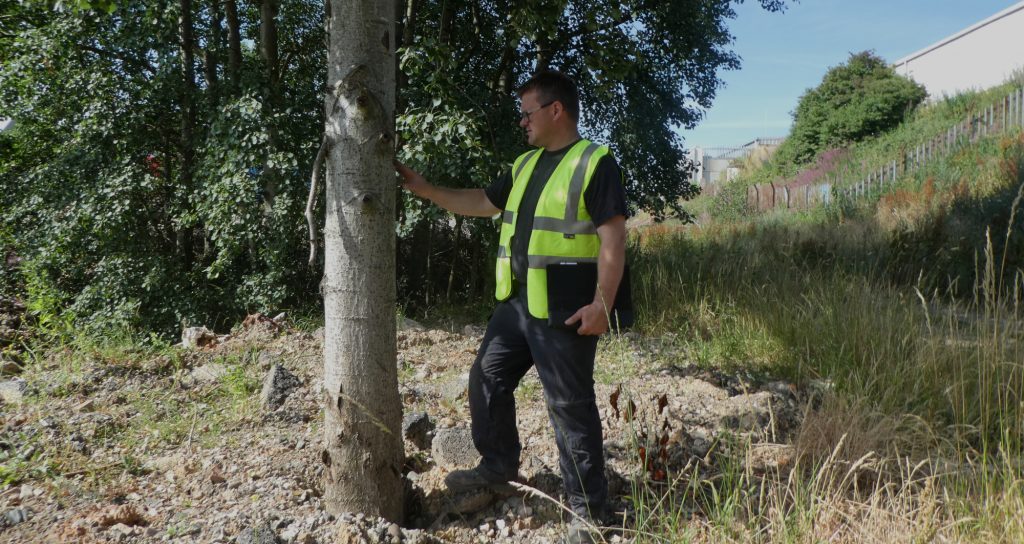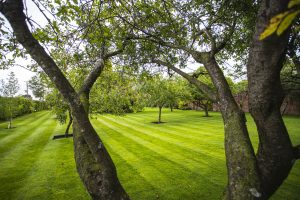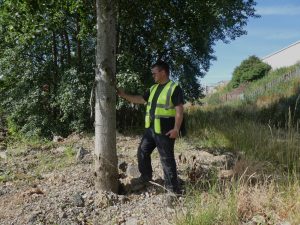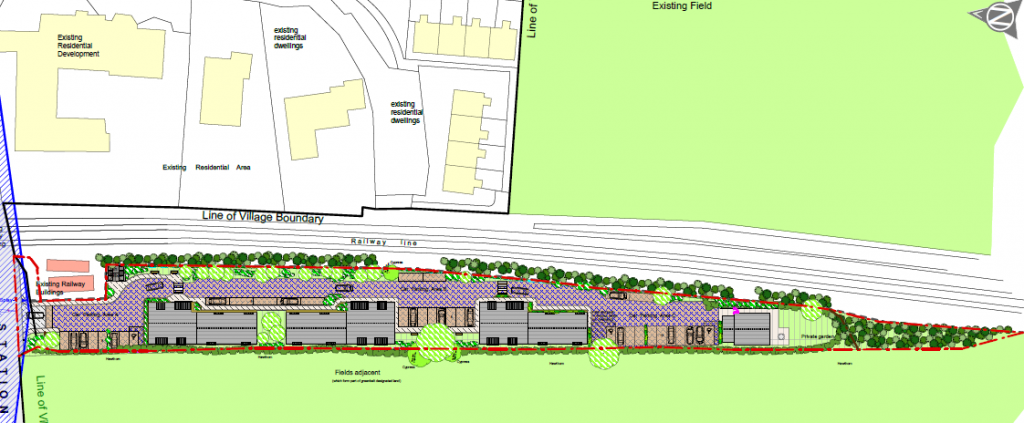Technical Documents and Planning Permission
At various stages throughout your development, you may be asked to supply landscape based technical documentation to your local planning office. This may either be in support of an application (i.e., not required, but it provides the council with valuable information to make an informed decision) or mandatory. Find out more about Technical Documents and Planning Permission here…

So, what is the best practice you can follow to ensure the council get exactly what they require from you?
Firstly, we would always recommend that you check with your planning officer exactly what it is that they require. Some technical documents can be similar in nature, but you will find that there are many small differences that mean that one type of report is suitable, whereas another isn’t. For example, a Stage 1 tree survey will just report on the health of the trees on site, whereas a Stage 2 tree survey will consider potential development issues. Both reports have different purposes at different stages throughout a project, so you will need to ensure that you are not wasting time and money on the wrong document.

Secondly, where possible please consider liaising with both your planning officer and your landscape architect at the same time, ensuring they receive correspondence from each other. Often documents may contain the required information, but this can be hard to find, or not as clear as the council require it. If the council can liaise directly with your landscape architect, then the information can be identified as early and easily as possible.
Contact Us To Find Out More About Technical Documents and Planning Permission
Being mindful of these two steps will help your planning application to proceed seamlessly, providing all the parties with the information they need. Every council is different, so please do ensure you are meeting your specific council’s requirements. If you have any questions about the reports that you need, feel free to contact us for further assistance!
Why not stay up to date with our Facebook Page!
Other Articles You Might Like:
What Planning Services do we offer at ProHort?
Biodiversity and Planning Permission – Update
Understanding Landscaping Plans & Planning Applications
For more articles like this, click here.


 Did you hear about how Doncaster Council ‘Snuck In After Dark’ To Remove Trees? These were located next to the pavement on either side of the street. As well as being aesthetically pleasing, the trees provided the residents with privacy from their neighbours and shade for their front gardens. The trees were removed ahead of pavement repairs as the trees’ roots had apparently affected the structural stability of the walkways.
Did you hear about how Doncaster Council ‘Snuck In After Dark’ To Remove Trees? These were located next to the pavement on either side of the street. As well as being aesthetically pleasing, the trees provided the residents with privacy from their neighbours and shade for their front gardens. The trees were removed ahead of pavement repairs as the trees’ roots had apparently affected the structural stability of the walkways. While the above is an extreme case, there are many things you can do to ensure that the greenery on your street is retained:
While the above is an extreme case, there are many things you can do to ensure that the greenery on your street is retained:
 A clear landscape strategy will incorporate aspects of the property’s history and the surrounding area to ensure that your design seamlessly blends into the environment. You may also get additional details of the type, size and colour of the plants incorporated into the strategy, or specifications regarding compensating for any loss of biodiversity.
A clear landscape strategy will incorporate aspects of the property’s history and the surrounding area to ensure that your design seamlessly blends into the environment. You may also get additional details of the type, size and colour of the plants incorporated into the strategy, or specifications regarding compensating for any loss of biodiversity.